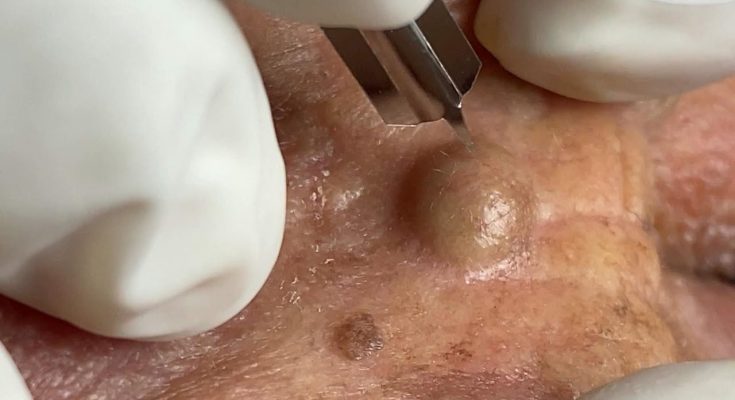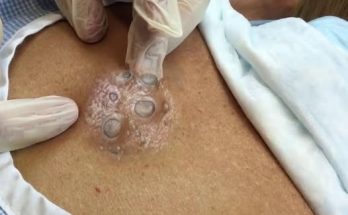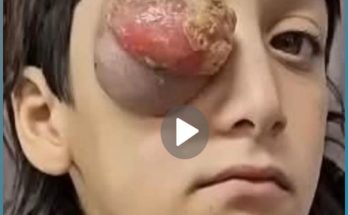Scroll Down to watch..👇👇

Acne scars form from inflammatory acne, which damages the skin and prevents the lesions from healing properly. Two main types of acne scars can form atrophic acne scars and hypertrophic acne scars. Atrophic scars are characterized by depressions or indentations in the skin’s surface that are caused by insufficient amounts of new collagen produced during the healing process and can be further broken down into three main types: boxcar scars, icepick scars, and rolling scars. Boxcar scars form when inflammatory acne destroys the collagen fibers in the affected area, resulting in a lack of tissue support, which leads to depression in the skin. Typically oval or rounded in appearance, boxcar scars range in size and depth depending on how deep the infection was in the initial acne breakout. Boxcar scars are typically wider than icepick scars and have sharper edges than rolling scars. Icepick scars are named for the deep, narrow indent resulting from the severe inflammation of cystic or nodule acne that looks like the skin has been pierced with something thin and sharp like an icepick. The third main type of atrophic scar is the rolling scar, which results in a rolling or wavy appearance to the skin and is also caused by insufficient collagen production during the wound healing process.
Hypertrophic scars are raised scars that occur when an excess of collagen is produced during the natural healing process after inflection. Typically, when hypertrophic scars occur, the scar tissue grows larger in surface area than the initial lesion or injury. The main type of hypertrophic scar that occurs is the keloid scar, which is raised scar that appears thick and lumpy over the affected area. Some patients are more genetically predisposed to experiencing keloid scars, which a medical professional should only treat like Dr. Green.
Acne scars are also frequently characterized by post-inflammatory hyperpigmentation or discoloration of the skin that occurs after a severe acne breakout. Post-inflammatory hyperpigmentation is often treated separately with the VBeam laser to eliminate redness from the scar when treating atrophic or hypertrophic scars.
Happy to Watch Full video here..👇👇



